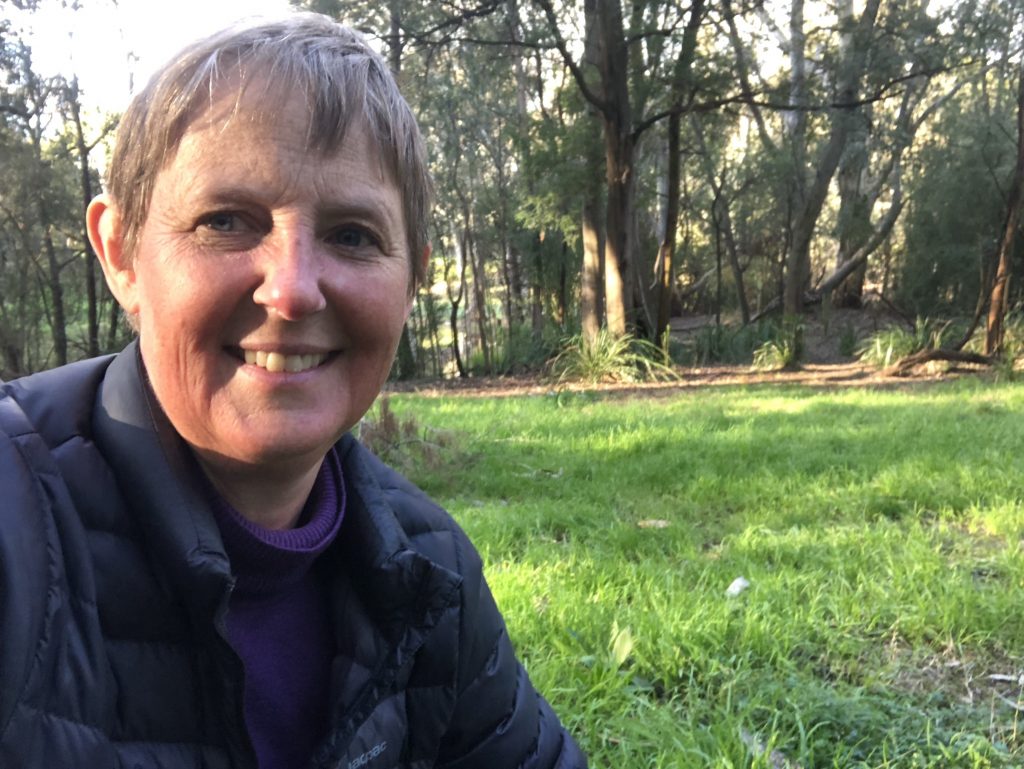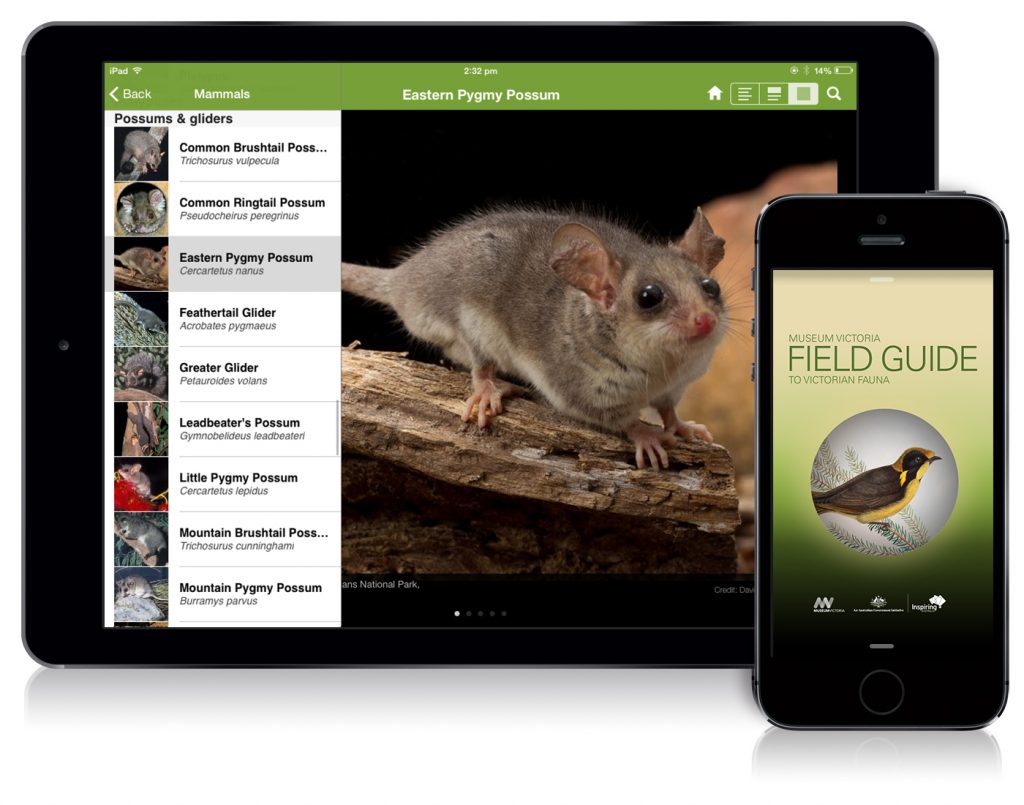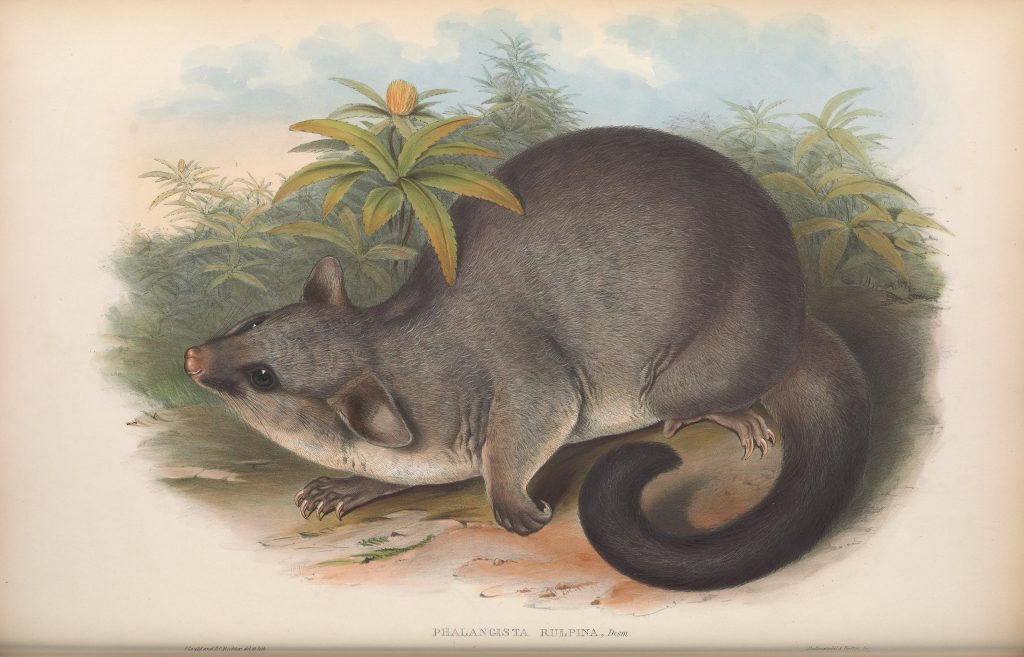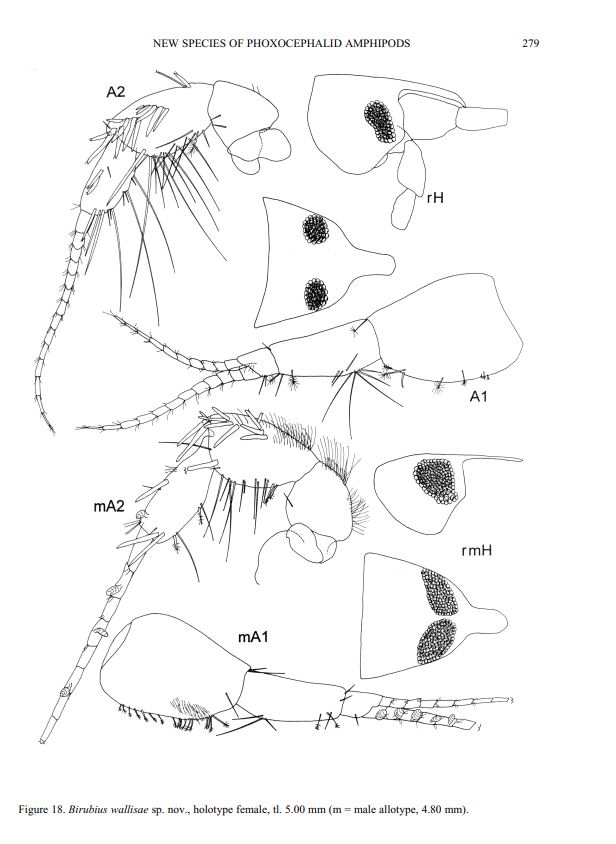Taxonomists work in the field of biological classification, and their work is critical to ensuring we can understand and protect Australian species into the future.
To celebrate Taxonomist Appreciation Day on 19 March, we sat down with the Atlas of Living Australia’s (ALA) Engagement Team Lead Dr Ely Wallis to find out more about her career and taxonomy experience.

1. Why is the field of taxonomy so important to the ALA’s work?
Taxonomy provides the mechanism to identify and classify organisms. It’s vital to the ALA because the name of the species observed is one of the three core pieces of information (with location and date) that is required to create a species occurrence record. It’s estimated that only about a third of the +700,000 species found in Australia have been given a scientific name.
Aggregating species data is reliant on the records being accurately identified at the lowest resolution of the taxonomic hierarchy possible. Identifying organisms in a particular place is important to making decisions about natural resource management and understanding changing climates.
Taxonomy provides a way to both get data into the ALA and to search for data. All incoming data points are matched to the ‘taxonomic backbone’ or placed into the classification hierarchy in the ALA infrastructure.
It’s important to be aware that taxonomic names are not static and are continually being revised. This is because researchers learn more (through techniques such as genetic analysis) to better understand how to delineate species. The ALA is on a constant journey to update our taxonomic backbone, to ensure our structure is as current and accurate as possible.
2. Tell us about taxonomy in your career?
I wouldn’t call myself a taxonomist, both my honours and PhD projects were in zoophysiology rather than taxonomy, but I have been around taxonomy since I started working at Museums Victoria after my PhD in 1995. Earlier than that, I’ve had an interest in collecting biological things since I was a child. I would collect shells at the beach, sorting, identifying, and labelling them. Even as a nine-year-old, I would pack a bag full of books alongside my beach towel, so that I could identify my finds. I had a logbook for recording what I collected each year, so I guess that’s where it started!
I think that for many people, wanting to know what an animal or plant is called is their first interaction with taxonomy – even if they wouldn’t put it that way. At Museums Victoria, I led a fantastic team to develop The National Field Guide apps project. It was a collaborative project with museums around Australia to write species descriptions, gather photographs and sounds to allow anyone to identify common species near them.

Scientific literature is vital to taxonomy. Another project that supports taxonomy that I am involved with is the Biodiversity Heritage Library (BHL). This global project digitises and makes scientific literature freely accessible to anyone. The Australian BHL supports over forty publishers to digitise Australian published literature. This project also assigns DOIs so that articles can have a persistent and resolvable identifier so researchers can find those papers. I was very proud to start the BHL project in Australia and am lucky to have travelled all over the world with literature.

I am the current Chair of the international organisation called Biodiversity Information Standards (TDWG) which develops and maintains the standard for Darwin Core (the international standard for sharing biological data). I also sit on the steering committee for Taxonomy Australia.
In the ALA we also collaborate with communities on Country to document and share Indigenous language names for plants and animals through the Indigenous Ecological Knowledge program. Language words and descriptions of species are published, with consent, on the ALA website and I am proud to be able to play a small part in that project.
3. Tell us about the species named after you!
The species named after me (Birubius wallisae) is a type of crustacean, an amphipod. Amphipods are small creatures (less than a centimetre) and common in marine environments. The amphipod named after me is found around Moreton Bay in Queensland. It’s about 5mm long so you need a good microscope to look at it. It was named after me by my good friend Dr Joanne Taylor at Museums Victoria. Jo named the species after me in appreciation of the support I was able to give her while she was completing her PhD. The literature publication (which is required to recognise a validly named species) for Birubius wallisae is open-access and can be found here.
